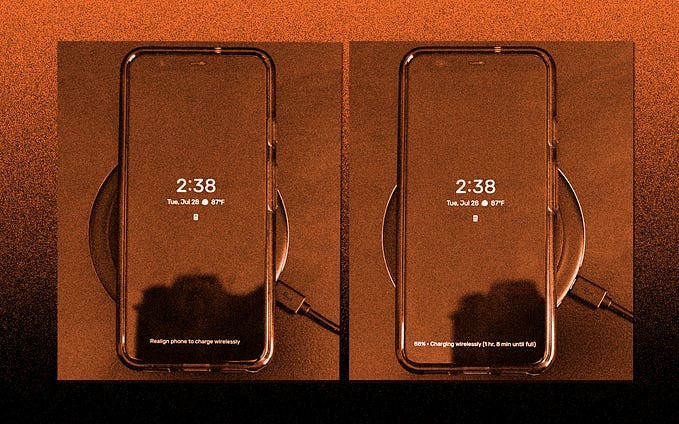Member-only story
Google Needs to Talk About Repairability
In fact, any company launching a new phone does

 At a press event on Tuesday, after taking some time to detail its investments into recycled materials and renewable energy, Google unveiled the shiny new Pixel 4 phone. The latest in the company’s flagship smartphones offers a new radar chip, a better Google Assistant, and two cameras. Absent from that announcement was any information on how to repair said phone when it starts to show its age.
At a press event on Tuesday, after taking some time to detail its investments into recycled materials and renewable energy, Google unveiled the shiny new Pixel 4 phone. The latest in the company’s flagship smartphones offers a new radar chip, a better Google Assistant, and two cameras. Absent from that announcement was any information on how to repair said phone when it starts to show its age.
It was a conspicuous void, because Google took pains to address its environmental impact at this event. According to Google, all of its 2019 Nest products will be built with recycled plastic, shipping hardware products will be “100% carbon neutral,” and the company said it would invest $150 million in renewable energy products. That all sounds good.
But if a gadget maker wants to tout its environmental commitments, it should have a plan for how its products live and die. In the case of a device like the Pixel 4, that means repairability and recycling. Google didn’t address how you might fix your Pixel 4 if things go wrong — or if you’d simply like to extend its lifespan. (Microsoft, as a point of contrast, directly alluded to the repairability of the new Surface Laptop 3 in a similar event earlier this month.)







